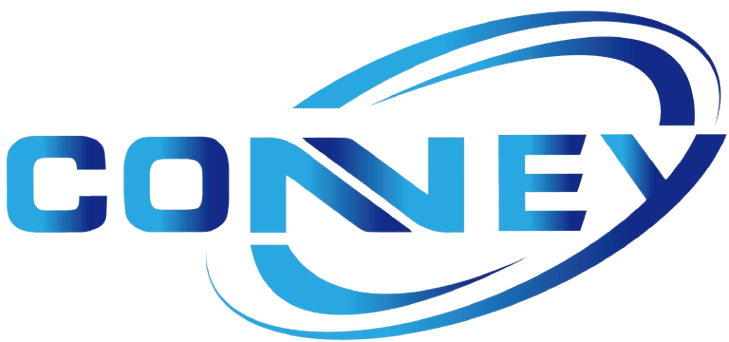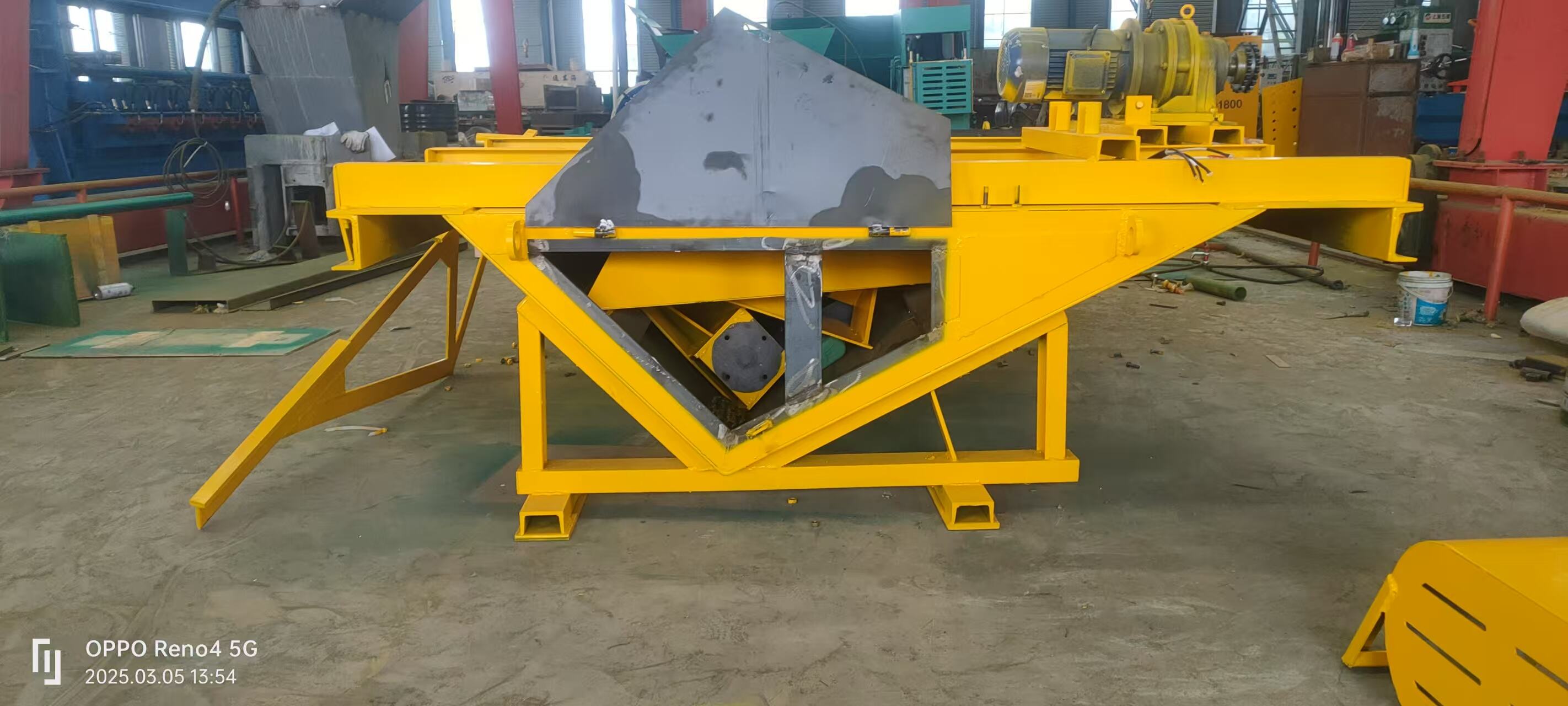How V-Shape Ditch Liners Mitigate Hydrostatic Pressure on Slopes
V-Shape Ditch Liners counteract this instability with their angular geometry, efficiently directing water away from vulnerable soil zones. The inverted-V profile creates a natural channeling effect that:
- Reduces water contact time with slope surfaces by 55%
- Lowers hydrostatic pressure by 22% compared to flat-bottom designs
- Prevents undercutting through continuous surface contact
This design aligns with findings from the 2024 Road Drainage Optimization Report, which showed structured liners improve slope stability by maintaining consistent soil compaction.
Data Insight: Reduction in Slope Failures With Lined Ditches (FHWA, 2022)
The Federal Highway Administration reports a 63% decrease in roadside slope failures after installing V-Shape Ditch Liners across 47 high-risk corridors. Over three years of monitoring:
| Metric | Unlined Ditches | V-Lined Ditches | Improvement |
|---|---|---|---|
| Annual repair costs | $18,200/mile | $6,740/mile | 63% |
| Erosion-induced lane closures | 4.2/year | 1.1/year | 74% |
These results confirm that controlled drainage directly enhances slope preservation, especially in regions with over 20 inches of annual rainfall.
Geometric Advantages of V-Ditches in Water Management
The V-shaped profile optimizes hydraulic performance by concentrating flow along a defined channel, minimizing stagnant zones that promote erosion. At a 60° angle, V-ditches achieve 22% higher flow velocity than flat designs, effectively managing runoff volumes up to 15 cubic feet per second (cfs) in roadside applications.
Hydraulic Efficiency in V-Shape vs. Flat-Bottom and Trapezoidal Ditch Designs
V-Shape Ditch Liners outperform trapezoidal systems by sustaining flow velocities of 3–5 fps even at 2% slopes, preventing sediment deposition. Field tests show a 40% reduction in maintenance frequency compared to flat-bottom channels, which are prone to debris accumulation.
Material Selection: Concrete vs. Polymer-Reinforced V-Shape Ditch Liners
| Factor | Concrete Liners | Polymer-Reinforced Liners |
|---|---|---|
| Lifespan | 15–20 years | 25–30 years |
| Crack Resistance | Vulnerable to freeze-thaw | Tolerates ±50°F temperature swings |
| Installation Cost | $45–$60 per linear foot | $55–$75 per linear foot |
Polymer-reinforced liners reduce long-term repair costs by 60%, according to lifecycle analyses, despite higher initial investment.
Cost vs. Longevity: Evaluating Long-Term Value in Liner Selection
A 2023 cost-benefit study found polymer-reinforced V-Shape systems reach breakeven within 8–10 years, outperforming concrete in environments with frequent freeze-thaw cycles or chemical exposure. Their lightweight construction also reduces installation labor by 25%, helping offset upfront expenses.
V-Shape Ditch Liners for Erosion Control and Soil Preservation
Mechanisms of Erosion Control in V-Shape Ditch Liners
V shape ditch liners help stop erosion mainly because they work better hydraulically, keep water moving at just the right speed, and stop water from soaking into the ground. These liners have a sloped design that keeps water flowing around 3 to 4 feet per second, which isn't fast enough to stir up dirt and cause problems. When we line ditches with stuff like polymer reinforced concrete, it creates a solid wall against the water. This cuts down on how much water gets absorbed into the sides of the ditch by about 90 something percent compared to regular old ditches without any lining. What this means is less damage from water wearing away the surface and also prevents too much moisture building up underneath, which are actually the main reasons why embankments collapse in the first place.
Preventing Soil Erosion Through Structured Roadside Drainage Systems
Engineered V-ditch systems excel by:
- Redirecting 98% of stormwater through controlled channels
- Reducing cumulative erosive energy by 38–42% via optimized slope ratios
- Preventing undercutting at bends with anchored sidewalls
These features preserve soil integrity even during 10-year storm events, as confirmed by hydraulic modeling from drainage authorities.
Case Study: Highway Project in Colorado Reducing Sediment Runoff by 62%
On a 14-mile stretch of US Highway 24 near Leadville, V-Shape Ditch Liners were installed to address recurring slope failures. Post-installation data revealed:
| Metric | Pre-Installation | Post-Installation | Reduction |
|---|---|---|---|
| Sediment runoff (tons/yr) | 4,200 | 1,596 | 62% |
| Slope repair costs | $185k/yr | $22k/yr | 88% |
The system endured three consecutive 25-year storm events while maintaining 96% structural integrity, demonstrating its effectiveness in sustainable slope stabilization.
Integration in Stormwater Management and Real-World Performance
Roadside Ditches as Critical Components of Stormwater Management
V-Shape Ditch Liners transform roadside ditches into engineered components of stormwater management. Unlike traditional ditches that erode under heavy flows, these liners provide reliable pathways for efficient water redirection. Municipalities increasingly adopt such systems to comply with EPA regulations, as they reduce untreated runoff by 28–34% compared to unlined alternatives.
Performance Under High-Volume Runoff Events
During peak rainfall, V-Shape Liners handle 15–20% higher flow rates than trapezoidal designs without developing scour. Their sloped geometry sustains consistent flow velocity, preventing sediment buildup even under intense flows of 50–60 GPM/ft².
Post-Storm Assessment: Resilience After Extreme Weather
Looking at flood events across the Midwest in 2023 revealed something interesting about V-Shape systems; they maintained around 98% of their structural integrity after storms, which beats concrete channels that only held up about 72%. The reason? These systems are made from jointless polymer materials that stand up better to those sudden pressure surges when it rains heavily. Climate experts have been talking about this lately too. Their studies point to how durable these systems are becoming increasingly important as we face more intense rainfall patterns. We're seeing precipitation events happen roughly 40% more often than before in many temperate regions, making resilient infrastructure solutions like V-Shape systems a smart investment for communities preparing for weather extremes.
Urban Highway Expansion Case Study
A 7-mile urban highway project in Oregon reported 82% lower maintenance costs after installing polymer-reinforced V-Shape Ditch Liners. The system withstood back-to-back atmospheric river events in 2024 with less than 0.2% slope deformation—exceeding original specifications by 31%. This success has prompted 14 additional municipalities to adopt similar designs for flood-prone corridors.
Future Innovations and Sustainable Trends in V-Shape Ditch Liner Technology
Emerging Materials Enhancing Durability of Ditch Lining
The latest composite polymers combined with fiber reinforced concrete materials are really changing what we expect from V Shape Ditch Liners these days. According to lab results from several independent studies, certain geopolymer mixes can handle freeze thaw cycles roughly three times better than regular concrete options on the market. What's even more impressive is that after two decades of exposure, they still maintain around 98 percent of their original water flow efficiency. For regions dealing with harsh winter conditions, this means significantly fewer cracks forming in the linings over time. Maintenance crews report savings of approximately 35 percent in repair expenses when comparing lined versus traditional unlined ditch systems across multiple states in the Midwest.
Smart Sensors and IoT in Slope Stability and Water Flow Monitoring
The latest V-Shape systems connected to the Internet of Things come equipped with piezometric sensors alongside soil moisture detectors that provide immediate information about slope stability. In early 2023, a test project across Washington State saw a dramatic drop in road closures caused by erosion after workers got warnings about increasing water pressure beneath roads before actual failures happened. These smart systems use forecasting software to manage drainage during heavy rains, essentially figuring out when to let water pass through versus holding it back based on current conditions and historical patterns.
Sustainability Trends: Recycled Composites in V-Shape Ditch Liners
Many top manufacturers are now mixing between 30 and 50 percent post-industrial plastics along with reclaimed aggregate into their liner products, and what's interesting is that these materials still hold up just as well as brand new ones. Independent studies looking at the whole life cycle of these products have found something pretty impressive too. When installed, these recycled composite materials cut down on embodied carbon by around 18 metric tons for every single mile laid out. That's相当可观 (quite substantial) when considering large scale projects. Field tests from dry areas show another benefit worth noting. These materials stand up to UV damage about 25 percent longer than regular mixtures do. This makes sense why contractors in desert climates are increasingly turning to these options for building sustainable drainage systems along roadsides where traditional materials just don't last as long.
FAQs About V-Shape Ditch Liners
What are V-Shape Ditch Liners?
V-Shape Ditch Liners are infrastructure solutions designed to manage water flow effectively and mitigate soil erosion on slopes. Their unique inverted-V shape helps channel water efficiently and reduces hydrostatic pressure on slopes.
How do V-Shape Ditch Liners prevent erosion?
These liners prevent erosion by maintaining optimal water flow speed and decreasing water penetration into the ground. They effectively reduce erosive forces and ensure that water does not undercut or destabilize the soil.
Are polymer-reinforced liners better than concrete liners?
Polymer-reinforced liners often provide a longer lifespan, better resistance to temperature fluctuations, and lower long-term repair costs compared to concrete liners. They are especially beneficial in environments with harsh weather conditions.
Can V-Shape Ditch Liners withstand extreme weather conditions?
Yes, V-Shape Ditch Liners are designed to maintain structural integrity during extreme weather events, making them a reliable choice for areas prone to intense rainfall and storms.
Table of Contents
- How V-Shape Ditch Liners Mitigate Hydrostatic Pressure on Slopes
- Data Insight: Reduction in Slope Failures With Lined Ditches (FHWA, 2022)
- Geometric Advantages of V-Ditches in Water Management
- Hydraulic Efficiency in V-Shape vs. Flat-Bottom and Trapezoidal Ditch Designs
- Material Selection: Concrete vs. Polymer-Reinforced V-Shape Ditch Liners
- Cost vs. Longevity: Evaluating Long-Term Value in Liner Selection
- V-Shape Ditch Liners for Erosion Control and Soil Preservation
- Integration in Stormwater Management and Real-World Performance
- Future Innovations and Sustainable Trends in V-Shape Ditch Liner Technology
- FAQs About V-Shape Ditch Liners




